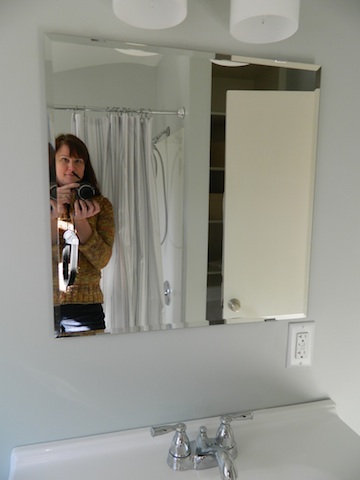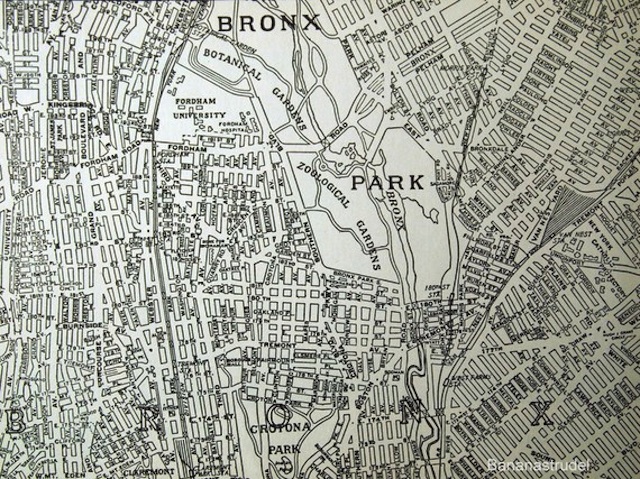A House Divided
/ When I was five years old, I was awakened early one morning and summoned to the first (and last) family meeting my parents ever had. I stumbled down the stairs in my nightgown, groggy and confused--I had had a fitful night's sleep, sensing that something was coming undone, something was changing in the house where I lived. I was told that a decision had been made, and life was about to change in a very big way....
Divorce is a painful, sometimes ugly, always disorienting life event for all those involved. Some relationships are severed, others altered, belongings separated, addresses changed. Now as adult, I can offer that little girl understanding, support and the knowledge that things that are broken can heal...and end up better than they were in the first place.
When I was five years old, I was awakened early one morning and summoned to the first (and last) family meeting my parents ever had. I stumbled down the stairs in my nightgown, groggy and confused--I had had a fitful night's sleep, sensing that something was coming undone, something was changing in the house where I lived. I was told that a decision had been made, and life was about to change in a very big way....
Divorce is a painful, sometimes ugly, always disorienting life event for all those involved. Some relationships are severed, others altered, belongings separated, addresses changed. Now as adult, I can offer that little girl understanding, support and the knowledge that things that are broken can heal...and end up better than they were in the first place.
However, the transition (please excuse my language) can be a bitch.
If you find yourself in the midst of just such a transition, you deserve to have a place where you feel at home, a place that is restful, a place that helps you picture and create the life you want going forward--and that place should be wherever you are living right now. This can be especially hard to envision if you aren't the one who wanted the change in the first place and your home now has one less inhabitant whose absence is deeply felt, or if you find yourself evicted from a home you never thought you would ever leave. Much like a caterpillar needs the safety of his or her cocoon to transform into a colorful, graceful butterfly, you are going to need a protected, comfortable place for yourself while in this vulnerable state, so that you too can unfold beautifully and prepare yourself to fly. Here are some ideas to help move you forward in a positive way and create just such a space:
1. Create A Vision of What You Want Things To Look Like –How can you arrive at a destination when you don't know where it is? It is important to create a vision of where you want to end up--picture what you want your life to look like going forward now that this change has happened. This is a process that I call "drawing your map," and doing things such as collecting pictures that inspire you and writing down two or three words that capture the feelings that you want to create in a space are key steps to take. This "map" is going to be a very important tool in creating a nurturing, supportive home that supports and facilitates your vision for you and those you love.
2. Be Patient With Yourself– You aren’t yourself. Things are going to be confusing, decisions hard to arrive at. The place you are living is in a state of flux. Progress with things may be slow at times, but any progress is good. Give yourself a loving dose of care and understanding daily and keep moving forward.
3. Life Transitions Always Create Clutter–Whenever we go through a change in our lives, there are things that we don't need or want anymore, and things that will simply be in our way. Whether you are anxiously looking forward to wiping the slate clean, or you dread having to sort through boxes and closets, this STUFF has memories and emotions attached to it that can stick to us, just like the dust that settles on our clothes as we are cleaning out, and make us feel weighed down. These heavy emotions can make us want to avoid dealing with the clutter all together, but it is a very worthwhile undertaking that will make you feel lighter when you are done. Refer to tips #1 & #2 to first see if items fit your vision for your new life (if not, drop it like a bad habit), and then to remind yourself to be patient & kind to you during this process--this is hard work.
4. Revisit Special Places from Your Past: In Winifred Gallagher’s book House Thinking, she writes of research connecting the recognition of meaningful places in a person’s past, and the ability to then create a “just-right home” that provides a “deep, gut-level feeling of identification and comfort.” What could be a better description of what is needed right now?? So, what are the rooms, homes and gardens of your past–environments in which you felt truly yourself, truly alive? These are spaces that Gallagher refers to as your “best places.” Take some time to reflect, and you may find some clues to help you create a very meaningful, special, and comfortable place in which to live and thrive today and in the future.
A house divided cannot stand, which is why I encourage you to create your own whole, complete, and nurturing home that stands on its own. This shelter contains the foundation for your new life within its walls.
Beautiful butterfly photo via


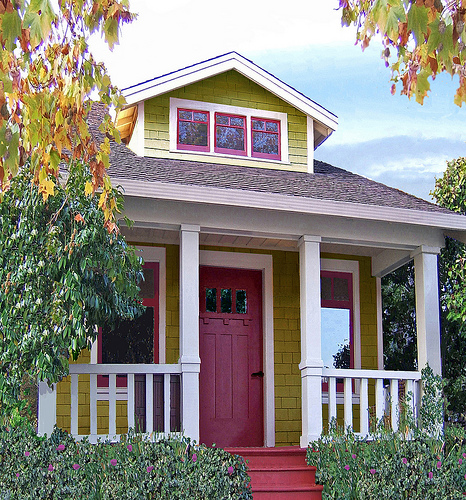






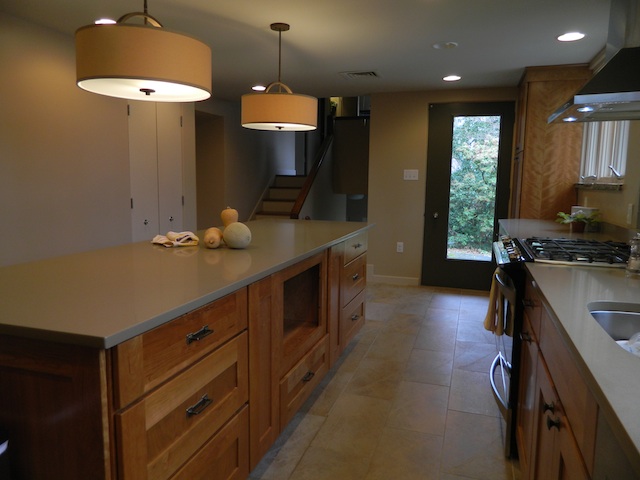 Wow.
Wow.

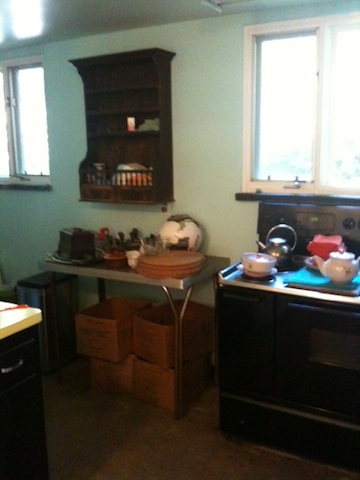 and After....
and After....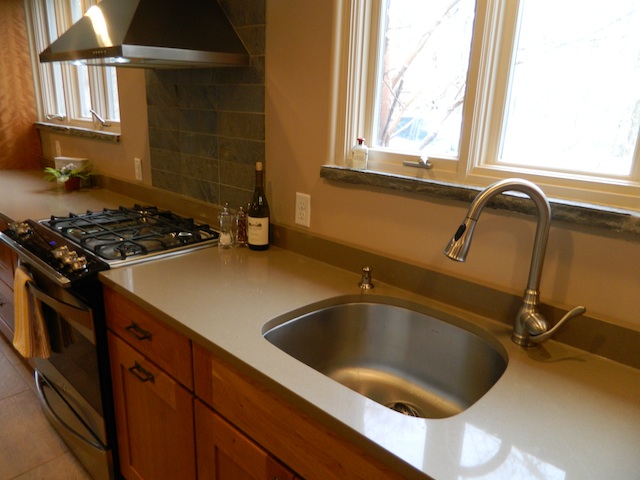 I am so pleased with the way this project turned out. The craftsmanship and materials are just beautiful.
I am so pleased with the way this project turned out. The craftsmanship and materials are just beautiful.
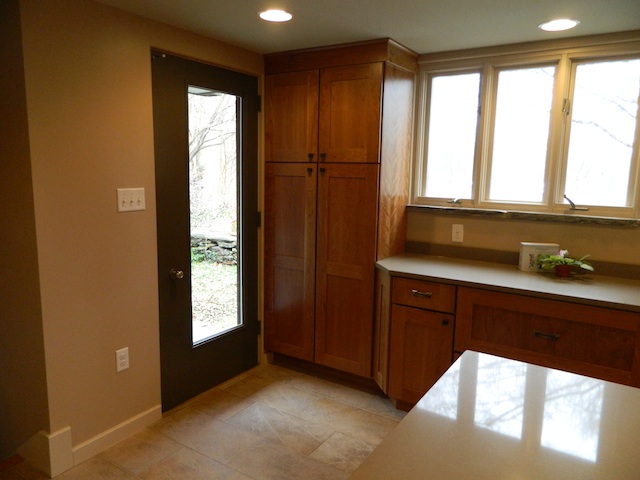 And the staircase, which wasn't able to be fully appreciated before in the dark front hall, now adds so much architectural interest to the kitchen.
And the staircase, which wasn't able to be fully appreciated before in the dark front hall, now adds so much architectural interest to the kitchen.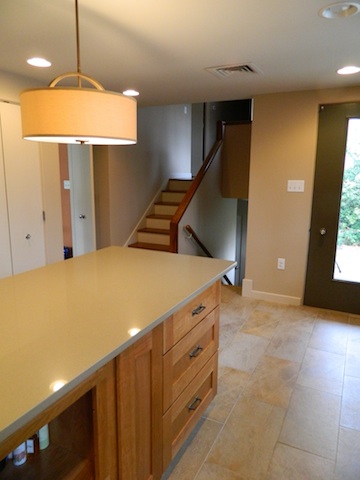 So, don't allow yourself to be boxed in! Creative thinking and not being married to the way things are, can help you to look forward to the possibilities of what could be!
So, don't allow yourself to be boxed in! Creative thinking and not being married to the way things are, can help you to look forward to the possibilities of what could be! Today the papers were signed and it is official! Our project house that has been sitting so pretty for so long will have someone new to love her. We are so excited!
Today the papers were signed and it is official! Our project house that has been sitting so pretty for so long will have someone new to love her. We are so excited!